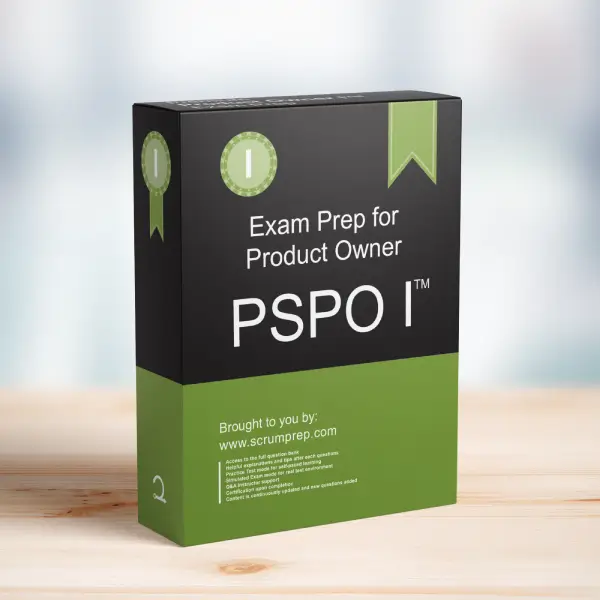Tools and Techniques in Scrum
In Scrum, the flexibility of tools and techniques is a key aspect that allows teams to adapt to their specific needs and contexts. This article explores whether Scrum mandates the use of any specific tools or techniques for the Product Owner.
Exam Question
Scrum requires that the Product Owner must use which of the following items?
(choose all that apply)
A. Burndown chart.
B. Feature burn-up.
C. Critical Path Analysis.
D. There is no required technique.
Correct Answer
D. There is no required technique.
Explanation
Correct Answer
D. There is no required technique:
Scrum is a flexible framework that does not prescribe specific tools or techniques. Instead, it emphasizes principles and practices that teams can adapt to their own context. The Product Owner, along with the rest of the Scrum Team, can choose the tools and techniques that best support their work and goals.
Incorrect Answers
A. Burndown chart: While burndown charts are commonly used in Scrum to visualize progress, they are not a required tool. Teams can use other methods if they find them more effective.
B. Feature burn-up: Similar to burndown charts, feature burn-ups are useful for tracking progress but are not mandated by Scrum.
C. Critical Path Analysis: This technique is more commonly associated with traditional project management and is not required or emphasized in Scrum.
Responsibilities in Scrum
- Product Owner: The Product Owner is accountable for maximizing the value of the product resulting from the work of the Scrum Team. They can choose the tools and techniques that help them manage the Product Backlog and communicate effectively with stakeholders.
- Scrum Master: The Scrum Master supports the Scrum Team in using Scrum effectively and can help the team identify useful tools and techniques, but does not impose specific ones.
- Developers: The Developers collaborate with the Product Owner to refine and update the Product Backlog. They may also use various tools and techniques to plan and track their work, but these are chosen based on the team’s needs.
Relevance to the PSPO I Exam
Understanding that Scrum does not mandate specific tools or techniques is important for the PSPO I exam. This knowledge highlights the flexibility and adaptability of the Scrum framework, which is a fundamental principle of its implementation.
Key Takeaways
- Scrum does not require the use of specific tools or techniques.
- The Product Owner and Scrum Team choose tools and techniques based on their context and needs.
- Flexibility and adaptability are core principles of Scrum.
Conclusion
Scrum’s flexibility allows teams to choose the tools and techniques that best support their work. This approach enables teams to adapt and optimize their processes based on their unique challenges and goals. For more information on preparing for the PSPO I exam, visit our PSPO I Exam Prep.


